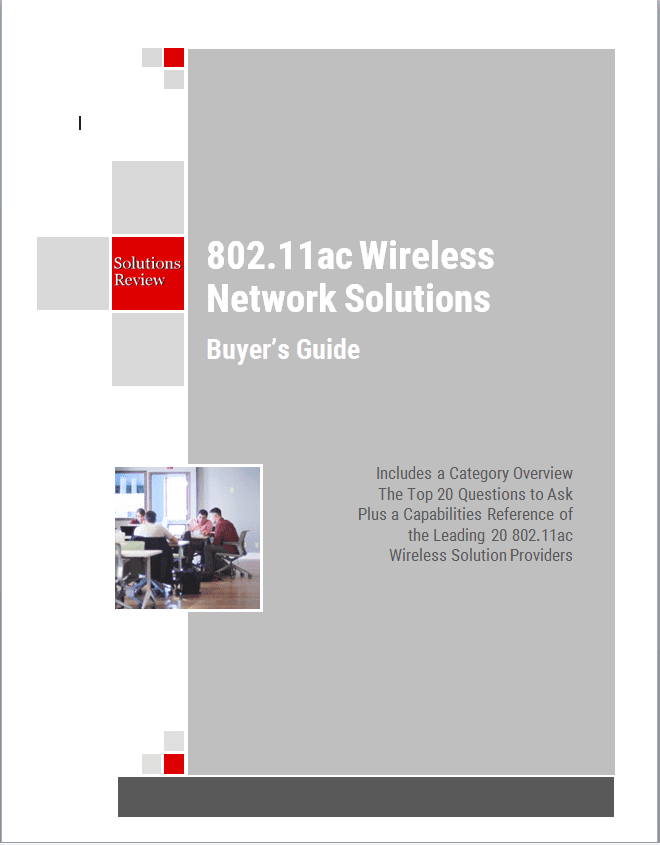The Top Benefits and Disadvantages of Li-Fi Technology


Wireless technology has revolutionized the modern workplace, turning coffee shops into offices and living rooms into conference rooms. With all the benefits to have been seen from the rise of wi-fi, the technology also maintains certain limitations. For example, wireless technology has notoriously struggled to make peace with its sworn nemesis: walls. It looks like some of these shortcomings could be addressed with Li-fi technology. Also known as light-fidelity, li-fi technology is high speed, bi-directional, networked and mobile wireless communication using the light spectrum to provide a user-experience similar to that of traditional wireless systems. If you’re curious as to how your organization could benefit from li-fi, we’ve rounded up a few of the technology’s most unique features.
Advantages
Increased Efficiency
Li–fi operates using visible light technology. Because offices and homes already use LED light bulbs, the same source of light can be used to transmit data wirelessly. Even though the light needs to be on to transmit data, it’s possible to set the li-fi bulbs so that the light is barely visible to the human eye.
Cost
Instead of running close to a mile worth of cable, the LED-powered Li-Fi connection could be used to beam the information directly to the destination. Using a point-to-point array, office buildings can stay connected to each other without the use of additional cables being laid from one access point to another.
Availability
Dead spots, goodbye! With li-fi technology, anywhere there’s light, there’s a connection.
Security
One of the primary advantages of li-fi is security. Because light cannot pass through solid and opaque structures, li-fi internet is only available to the users within a room and cannot be breached by users in other rooms or buildings.
Disadvantages
Light Source Reliance
Internet cannot be used without a light source. This could limit the locations and situations in which Li-Fi could be used.
Limited Range
Because it uses visible light, and light cannot penetrate walls, the signal’s range is limited by physical barriers. While more, secure, this limited range can be a bit annoying.
Interference
Other sources of light may interfere with the signal. One of the biggest potential drawbacks is the interception of signals outdoors. Sunlight will interfere the signals, resulting in interrupted Internet.





















